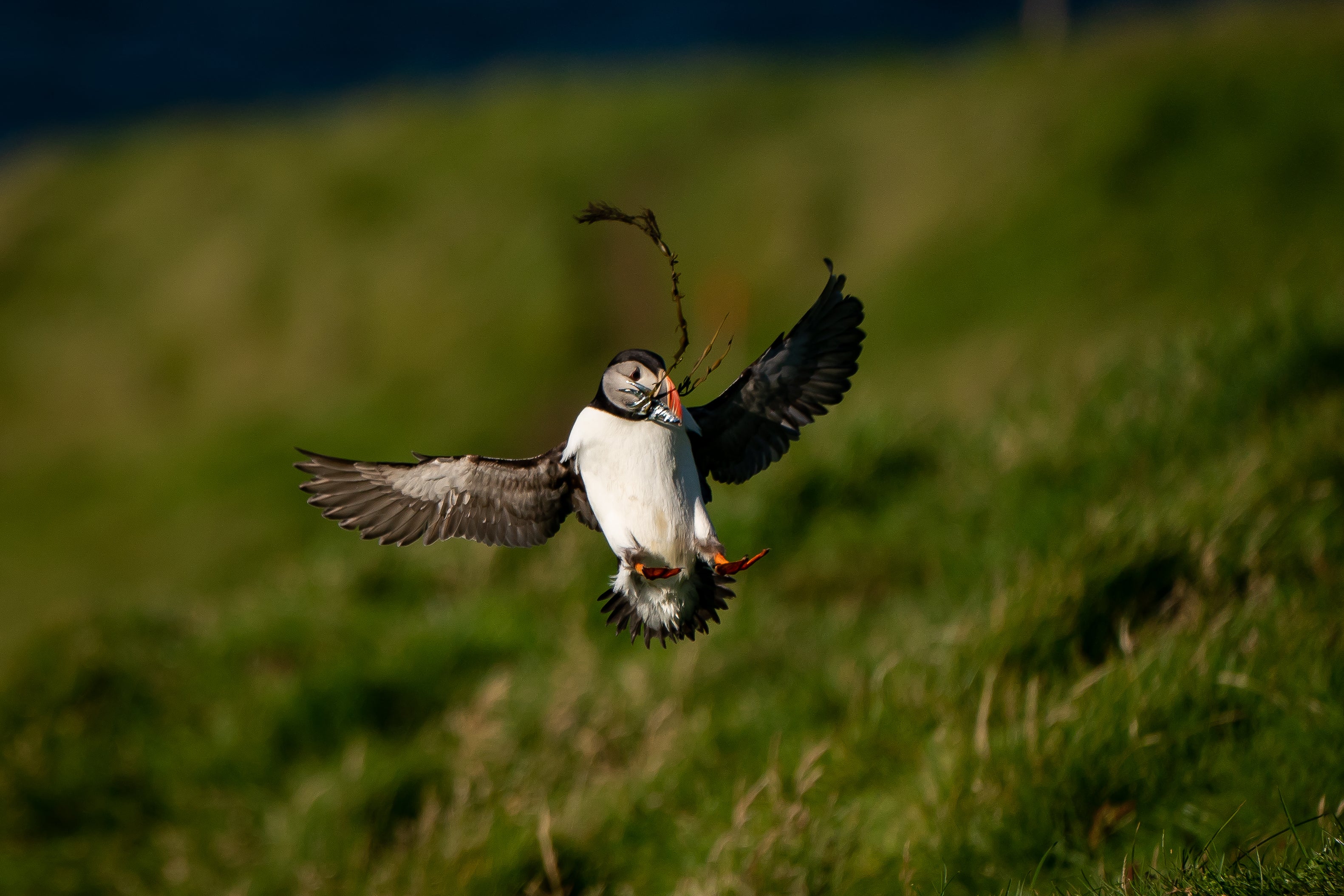Remote Icelandic community fights to save pufflings with puffin patrols
Residents of Heimaey, an island off the coast of Iceland, form puffin patrols to rescue chicks

Your support helps us to tell the story
From reproductive rights to climate change to Big Tech, The Independent is on the ground when the story is developing. Whether it's investigating the financials of Elon Musk's pro-Trump PAC or producing our latest documentary, 'The A Word', which shines a light on the American women fighting for reproductive rights, we know how important it is to parse out the facts from the messaging.
At such a critical moment in US history, we need reporters on the ground. Your donation allows us to keep sending journalists to speak to both sides of the story.
The Independent is trusted by Americans across the entire political spectrum. And unlike many other quality news outlets, we choose not to lock Americans out of our reporting and analysis with paywalls. We believe quality journalism should be available to everyone, paid for by those who can afford it.
Your support makes all the difference.A remote Icelandic community is fighting to save puffin chicks.
Every year residents of Heimaey, an island off the coast of Iceland, form puffin patrols to rescue chicks, known as pufflings.
Kolbrun Sol Ingolfsdottir, one of the town’s residents, told the PA news agency that she has been going on puffin patrols since she was a little girl.
“I’ve been on puffin patrols since I was maybe five years old,” she said.
“And it’s so fun going now with my own children.”
However, she said that the puffin population has been in decline for the past couple of years.
“When I was a little girl, we would maybe find 40-50 pufflings in one hour,” she said.
“That was a lot of fun, (back) then there were a lot of puffins, but it has gone down slowly now for a couple of years.”
The Sea Life Trust Puffin Rescue Centre rehabilitates and cleans any injured or oiled pufflings at the rescue centre in Heimaey.
Audrey Padgett, general manager at the centre, said: “The last two years, we saw more than 7,000 baby birds rescued and released each year.
“And last year we helped release about 31 of them that had been oiled or injured.”
She added that they had seen worrying conditions this year.
She said: “This year though we’re seeing some really worrying conditions on this island in particular.
“We’re only seeing about 35% of the burrows have chicks in them, and a very low nesting rate.
“So the scientists who are studying them are trying to figure out what might be going on. Is it changing ocean temperature, availability of food, avian flu, anything like that that could be affecting these birds?
“And so it’s more important than ever that we help any of those baby pufflings get out to the sea that we can.”